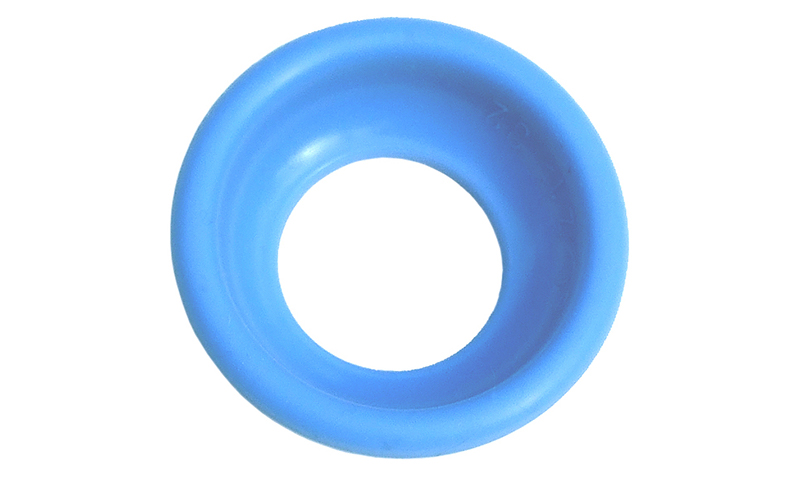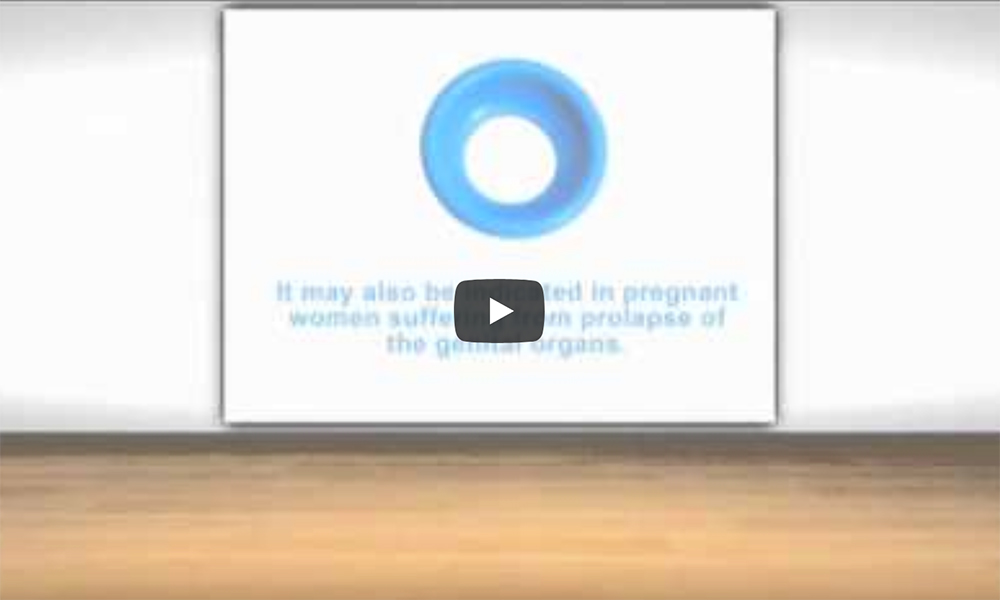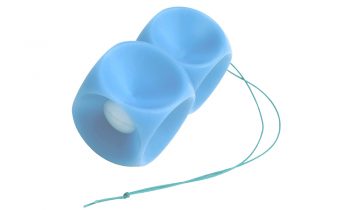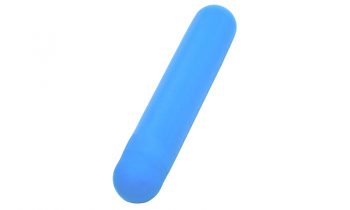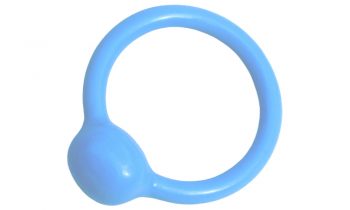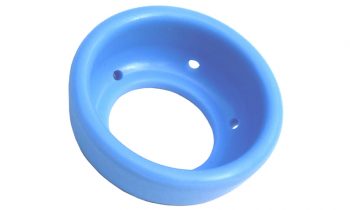Description
DESCRIPTION
Cerclage Pessary Insertion
Using transvaginal sonography in the recumbent or upright position we have established normal values for the cervical length and an opening of the cervical os (funnelling) for singleton and twin pregnancies. Low values of the cervical length and high values of the opening of the cervical os (funnelling) help identify patients who might benefit from Cerclage Pessary placement.
It may be indicated in pregnancies with a history of premature labour, multiple pregnancies or mothers who are exposed to physical strain (e.g. standing for a long time). It may also be indicated in pregnant women suffering from prolapse of the genital organs.
The Cerclage Pessary can easily be folded and inserted without pain.
Before the application, it is recommended to exclude and treat, if necessary, cervical or vaginal infection. In general, a Cerclage Pessary or Cerclage Ring should have a height between 17mm and 25mm in singleton pregnancies and a height between 25mm and 30mm in twin or multiple pregnancies or pregnant patients with complaints of prolapse.
The width of the upper and lower diameter should be chosen depending on the individual constitution of the pregnant patient.
A Cerclage Pessary is classified according to;
- The lower larger diameter – 65mm or 70mm
- The height – 17mm, 21mm, 25mm or 30mm
- The diameter of the upper hole – 32mm or 35mm
Additional Information
Application: The Cerclage Pessary Non Perforated is made of flexible comfortable, tissue tolerant silicone.
Like all silicone pessaries, it is elastic and can thus be folded and inserted without pain or discomfort. The Cerclage Pessary Non Perforated is designed for the treatment of pregnant women. It is to support the cervix especially for patients with additional complaints of prolapse (painful pressure downwards, mostly during standing and walking), pregnant women who are exposed to physical strain (e.g. standing for a long time) or increased intrauterine pressure, or when an ultrasound shows signs of an incompetent cervix.
Before insertion bacterial swabs should be performed to exclude bacterial colonization. The treatment should start early in pregnancy before the cervix might be effaced (at about 15-20 weeks). Transvaginal ultrasound at regular intervals can help to determine the funnelling of the internal os and detect the cervical length. The Cerclage Pessary Non Perforated is not meant to close the cervix but rather to support it and to shift the cervix towards the sacrum.
Sizes: Cerclage Pessaries differ in their outer diameter (65mm to 70mm) as well as in the height of the curvature (each 17mm, 21mm, 25mm, 30mm). The inner diameter is either 32mm or 35mm. The higher models are preferred under more severe conditions.
Use: The Cerclage Pessary is inserted in the recumbent position by the obstetrician. It is vital that the curvature of the pessary faces upwards so that the larger diameter is supported by the pelvic floor. The pessary is folded and pushed into the vaginal fornix. While doing this, the cervix should be placed within the upper ring diameter. The obstetrician should control that the cervix is not surrounded too firmly by the upper ring of the pessary.
After the insertion, the patient is asked to stand up and should hereby not feel the pessary when it is correctly placed. Possible prolapse complaints are directly redressed, which can motivate the patient and the team physician to continue with the treatment. The insertion of the Cerclage Pessary can be facilitated by applying lubrication, preferably an antibiotic cream preserving the natural flora.
The pessary may stay until delivery, or at least until 37 weeks respectively. In cases of increased discharge, it may be changed and cleaned in between, but this is not mandatory if manipulations are to be better avoided. Vaginal sonographic examinations can help to identify the cervical shape and length, the position of the pessary can easily be controlled manually during routine controls.
Side Effects/Complications: Correctly positioning the pessary (with the curvature and the smaller diameter upwards) is the key to the success of the treatment, otherwise the supporting effect is compromised somewhat. There might be some increase of bacterial discharge, however, the spectrum of the vaginal flora will not be substantially altered.
Advice: The product should be used by one patient only. It can be stored by room temperature. The pessary can be cleaned under warm running water without using disinfectants.
News articles and medical studies
Cervical pessary in pregnant women with a short cervix (PECEP): an open-label randomised controlled trial
Summary
Background
Methods
Findings
Interpretation
Funding
Countries
Only to be used for research purposes in USA.
A Cerclage Pessary can also be ordered in a perforated version. Contact us on 01707 328347 or via email at [email protected] for more information.
